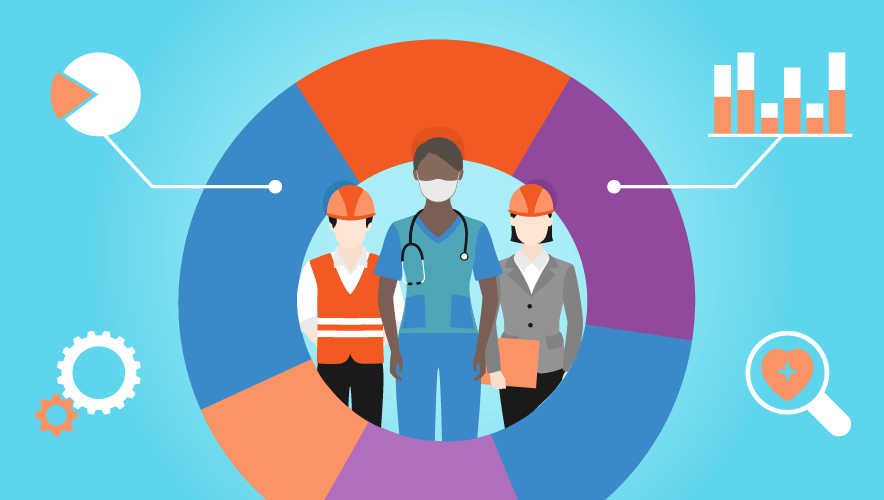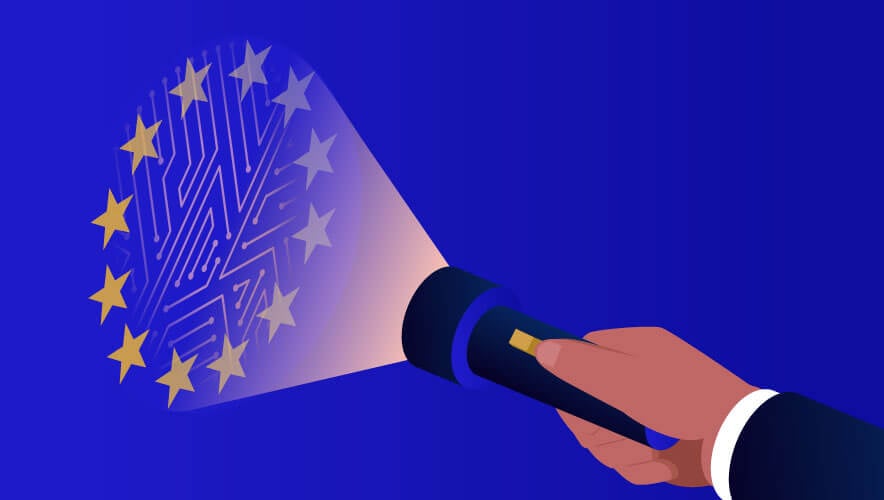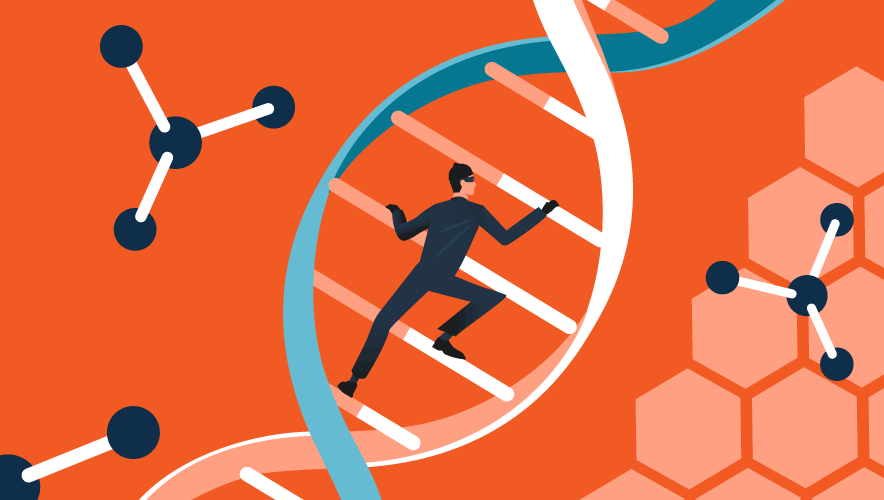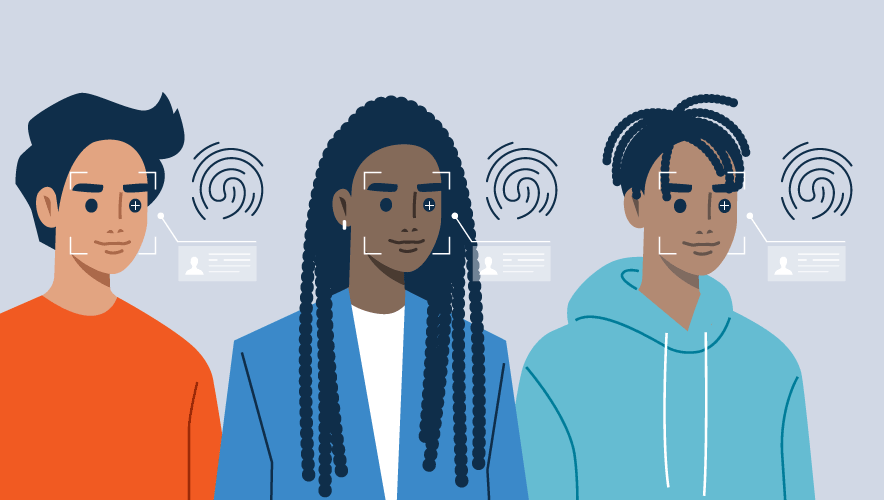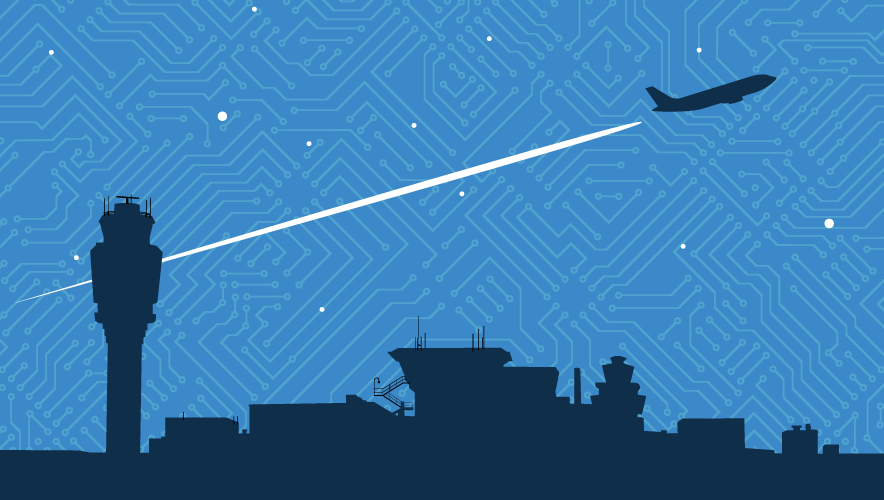The Role AI Plays in Workplace Safety and Compliance
U.S. workers consulted medical professionals about 4.53 million work-related injuries in 2022, an increase from 2021 of 3.1 per 100,000 workers to 3.2 per 100,000, according to the National Safety Council.
Data for workplace injuries and deaths in 2023 has not been released yet, but as these instances rise organizations are looking for better ways to protect their employees. Alongside wanting to promote workplace safety, organizations also must comply with federal and state regulations that ensure health, safety, and well-being of employees in the workplace.
To meet these expectations, many organizations are looking to technology investments as a force multiplier.
AI and Workplace Safety
Maintaining a safe work environment helps organizations avoid costly fines and demonstrates to employees, customers, and guests that safety is a first and foremost consideration for the business.
Prior to technological advancements in artificial intelligence (AI), security leaders relied on managers and frontline workers to enforce safety measures, which were cumbersome and, in many cases, flawed. With AI-powered video analytics, companies can use automation to drive compliance and enhance the safety of their employees.
AI-driven behavior analytics use technology-based rules coupled with video data to create alerts when certain behaviors are detected. Workplace safety-related analytics might include detection around:
Hand sanitizing. While it is common to see signs in restaurants, grocery stores, and other places that state “all employees must wash hands before returning to work,” many people do not realize that this is not just a good sanitary business practice, but the law in some cases.
The U.S. Food Safety Modernization Act, which went into effect in 2011, stipulates that workers who handle produce or food-contact surfaces, as well as their supervisors and visitors, must use hygienic handwashing and drying practices.
In industries where proper hygiene is necessary to ensure the continued safe operation of a facility or the delivery of a product, such as food preparation or healthcare, video analytics are also making a demonstrable difference in the enforcement of health and safety policies.
In 2019, for instance, a pediatric hospital in Mexico implemented an automated hand-hygiene monitoring system (AHHMS) in four of its wards that had the highest rates of healthcare associated infections. Research published by Front Public Health in March 2023 found that the solution’s “effectiveness was reflected in a diminished number of infections, 46-79 (-43.4-56.7 percent) compared to non-implementation (60 v. 106-139 infections).”
The researchers wrote that the “AAHMS proved to be a cost-saving alternative for the [hospital] given its greater effectiveness and lower costs when compared to the present one. Accordingly, the recommendation was made to extend the AHHMS to the remaining hospital wards with similar Internet access and comparable infection rates.”
Masking. Prior to the COVID-19 pandemic, people that work in healthcare and food preparation environments were already well acquainted with policies that called for the wearing of face masks. But COVID-19 mask mandates created a sharp rise in the need for organizations to remain compliant. Now that the pandemic risk environment has changed, the need for analytics that help detect mask usage can help ensure compliance in these areas of the workforce that protect public health.
Helmets, hardhats, and safety vests. Head injuries accounted for nearly 6 percent of the non-fatal occupational injuries that caused employees to miss work in 2020; nearly half of those injuries were sustained when workers came into contact with an object or equipment, while roughly 20 percent were caused by slips, trips, and falls, according to the U.S. Occupational Safety and Health Administration (OSHA).
Analytics that detect the use of helmets and hard hats not only help keep employees safe, but they also help organizations adhere to requirements around protective gear. Being able to identify lapses in compliance automatically frees up time for management and frontline workers to focus on more productive uses of their time.
Several commercial construction firms are actively using—or piloting—hardhat and safety vest analytics to track employee adherence to personal protective equipment (PPE) policies on the job and increase safety and compliance with regulations.
AI’s Impact Now and in the Future
While existing technology is evolving to include more functionality and better outcomes for organizations, AI-driven decision-making will only become stronger as AI continues to learn.
In the future, organizations might embrace predictive analytics and AI algorithms that analyze historical data to identify patterns and trends that can lead to safety hazards. Doing so would allow security leaders to become more proactive in addressing potential issues before they become problematic.
Risk assessments may also leverage AI to account for multiple factors, such as environmental conditions, equipment usage, and employee behavior to identify potential risks. This could help shift resources to address safety measures.
In the future, training and simulation programs using virtual reality may allow employees to encounter realistic scenarios while practicing safety procedures in a controlled environment. AI-generated instances could better prepare employees to respond in specific situations.
Robotics and automation to complete hazardous tasks could also help reduce risks to humans. For instance, robotics could assist—or takeover—lifting heavy objects, working in confined spaces, or operating in hazardous conditions.
Additionally, the ability to correlate real-time data for emergency response could mean AI is used to help analyze data from numerous sources, such as sensors, cameras, and employee reports, to assist humans in providing a more rapid and accurate response to accidents or natural disasters. AI-powered analytics could help mitigate the impact of emergencies on worker safety.
The impact that AI will have on the future of regulation and workplace safety isn’t remotely close to being realized, and as security leaders become the purveyors of data (from video, access control, and other sensors), organizations will look toward these sources to enhance how that data is being used. Protecting the workplace from internal and external threats will be at the forefront, while the growth around additional use cases is realized.
Matt Powell is managing director for North America at ISS (Intelligent Security Systems), a pioneer and leader in the development of video intelligence and data awareness solutions. He has more than two decades of experience in security and transportation technologies having formerly served as principal-infrastructure markets at systems integrator Convergint and as a developer of transportation market strategies for Videolarm and Moag. He can be reached at [email protected]
© Matt Powell
